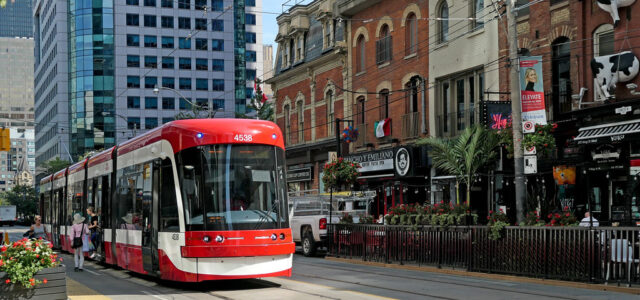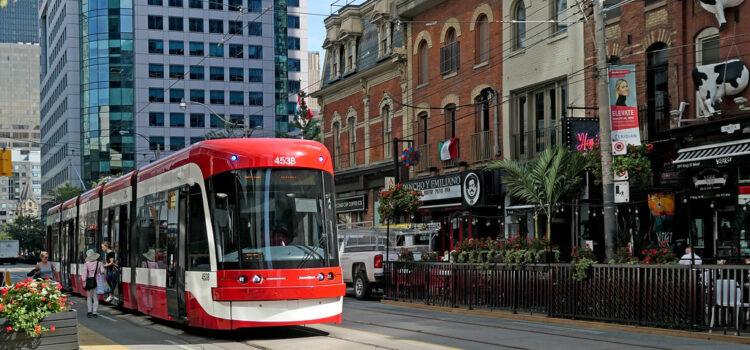

Electrification, service capacity at the transit forefront ahead of federal election
CanadaEnvironmentEtobicokeLifestyleNewsPoliticsTorontoTorontoTTC Sep 17, 2021 Benedict Rhodes

With the Canadian federal election rapidly approaching, funding for public transportation is back in the headlines, as people look for more efficient, greener ways of getting from Point A to Point B.
A major topic around public transit and the election on Sept. 20 is the electrification of transit systems. Multiple party leaders have spoken about the desire to lessen the impact of public transit on the environment, with NDP leader Jagmeet Singh going as far as to say that, if elected, he’ll double funding in an effort to fully electrify transit by 2030.
“Electrification is great and something we should be doing, especially in parts of the country where the electricity is very low greenhouse gas emissions like Ontario and Quebec, there’s a huge benefit for anything you can switch onto electricity,” said Professor Shoshanna Saxe, Canada Research Chair of Sustainable Infrastructure. “A much bigger issue is our dependence on cars. That’s a function of what infrastructure we invest in, how we manage our land use — both of which are the territory of the provincial government, but the federal government has a role to play in terms of money, and nudges, and things like that.”
Saxe believes that existing infrastructure like roads and highways could be expanded upon to improve public transit, potentially quicker than the many years of planning and execution that building entire train lines or highways might take — years that may see which party is in power change, and therefore their priorities for spending, among other factors.
“One thing I would like to see is investment in high-quality bus rapid transit, basically on all the highway systems, so we take advantage of the infrastructure we already have,” Saxe said. “I also think it’s important to promote more active transport, more cycling.”
“You can’t immediately snap your fingers and build an entire infrastructure system, it takes a decade,” she added. “Most of it can’t be done in one election cycle, it takes consistent investment over a long period of time”.
Steve Munro, a transit advocate in Toronto, believes that if the federal government is going to put money on the table, it should be an allocated amount of money, with the municipalities having the choice of what to spend it on.
“If they spend it badly, then ‘well, that’s too bad, but don’t come asking us for more money if you found you spent it on the wrong thing’,” he said.
Munro also believes that while electrification is important, increasing the number of services being offered is equally crucial to making transit greener, but a hurdle that can be difficult to jump over.
“That’s always an issue with the feds, as they’re only offering capital money, not operating money,” Munro said. “This ties in with the NDP program, which has an element of greening transit fleets by 2030.”
“That’s all very nice, but if all you wind up doing is replacing a bus with a bus… you haven’t actually done anything to increase the amount of transit service that’s offered, and thereby attract more people out of cars, which is the real problem on a green agenda.”






